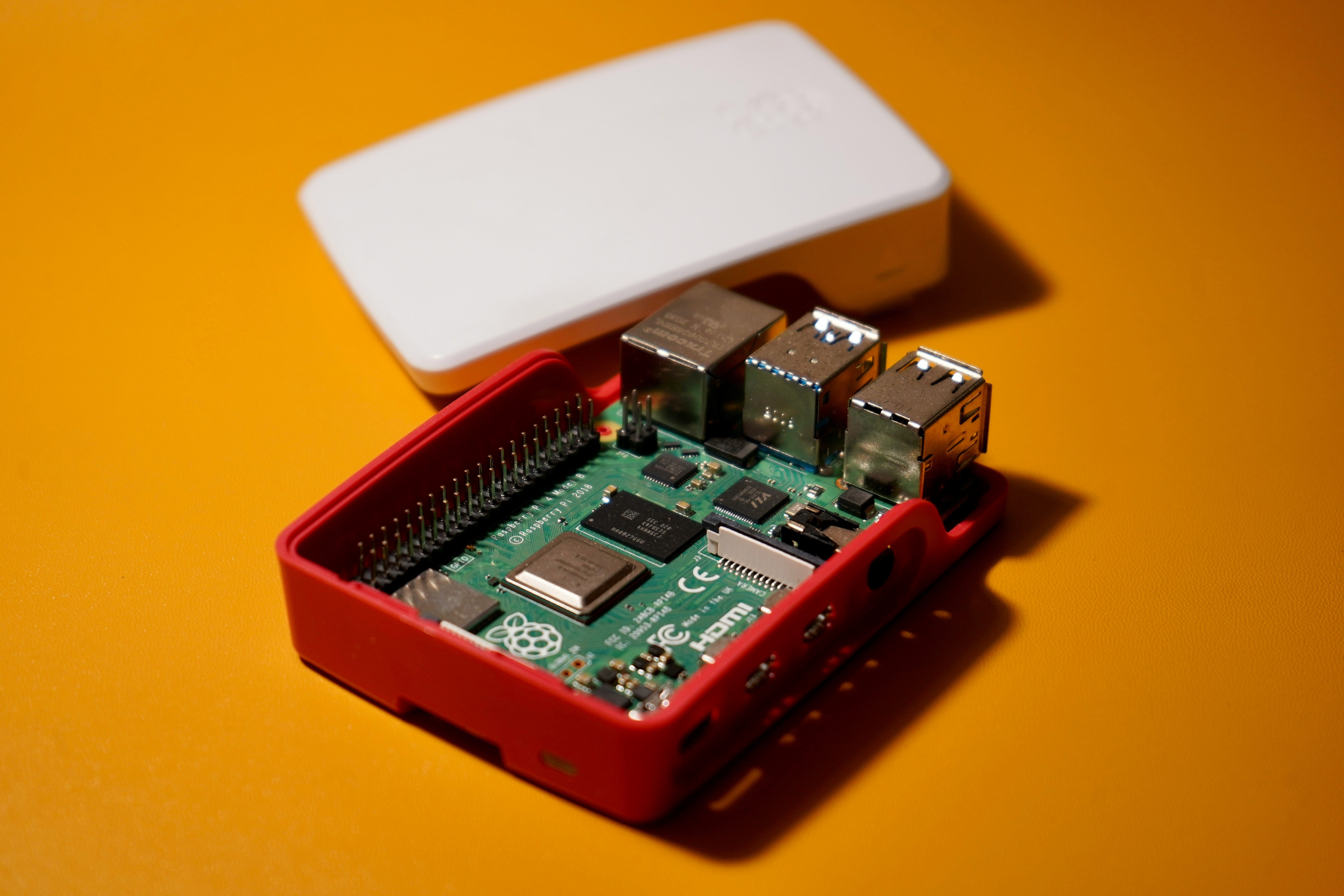"Biodegradable Electronics: The Green Future of Tech Gadgets"
In the era of rapid technological advancement, as our fascination with high-tech electronic devices grows, so does the pile of electronic waste. But what if the devices we use could decompose naturally? Biodegradable electronics, a relatively new but promising field, might just be the answer to our e-waste problem.

The Genesis of Biodegradable Electronics
Electronic waste or e-waste has been a global concern for many years now. With the regular launch of the latest gadgets and technologies, old devices become obsolete and are often discarded, leading to a massive accumulation of e-waste. In response to this, researchers have been considering ways to make electronics more sustainable, and the concept of biodegradable electronics emerged.
Biodegradable electronics, also known as transient electronics, are devices that can dissolve or disintegrate after a predefined period of use. The idea was first introduced in the early 2010s, but it wasn’t until recently that we’ve seen significant potential for its practical application.
The Current Status of Biodegradable Electronics
As of today, biodegradable electronics are still in their infancy, but there have been some promising developments. Researchers have successfully designed biodegradable circuits and batteries, paving the way for fully biodegradable devices. One of the most exciting advancements is the development of biodegradable sensors, which could have significant implications for the healthcare industry.
For instance, researchers at Stanford University have developed a biodegradable cardiac sensor that can monitor and report a patient’s cardiac health and then dissolve in the body. This eliminates the need for additional surgeries to remove such devices, reducing the risk of infection and other complications.
The Estimated Price Range and Market Impact
Given that biodegradable electronics are still in the research and development phase, it’s hard to accurately estimate their cost. However, considering the complexity of the technology and the materials needed, the price could initially be on the higher side.
As for market impact, the potential is enormous. Biodegradable electronics could revolutionize various industries, from healthcare to consumer electronics, potentially generating billions of dollars in revenue. Moreover, by offering a solution to the e-waste problem, these devices could drive the tech industry toward a more sustainable future.
The Future of Biodegradable Electronics
While the concept of biodegradable electronics is exciting, there’s still a long way to go before we see such devices on the market. Key challenges include improving the performance of biodegradable components to match their non-degradable counterparts and finding a cost-effective method of production.
Nevertheless, the progress in this field is encouraging. As we continue to innovate and strive for sustainability, the dawn of biodegradable electronics seems more likely than ever. And when that day comes, we’ll be ready to embrace a greener, more sustainable future of technology.
In conclusion, biodegradable electronics represent a fascinating intersection of cutting-edge technology and environmental sustainability. While there are still hurdles to overcome, the potential benefits — both economic and environmental — make it a field worth watching. As we navigate our way into the future, it’s innovations like these that remind us that technology doesn’t always have to come at the expense of our planet.





